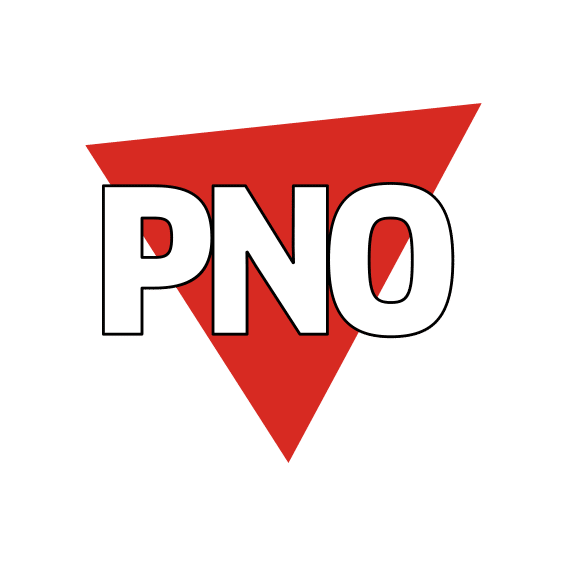Why telematics on trucks and trailers?
Telematics enables data sharing thanks to long-distance transmission. Over the years, telematics has become more and more important to the transportation and logistics industry by making fleets interconnected in ways that were impossible before. Due to the usefulness of telematics technology, the industry is marching towards standardisation in truck and trailer specification.
 Thanks to its ability to collect information on a vehicle’s route, fuel level, location, amount of engine idling and delivery status, telematics currently covers a fundamental role in the transportation and logistics industry. Telematics can further help fleet managers monitor their drivers’ safety and manage emergency situations.
Thanks to its ability to collect information on a vehicle’s route, fuel level, location, amount of engine idling and delivery status, telematics currently covers a fundamental role in the transportation and logistics industry. Telematics can further help fleet managers monitor their drivers’ safety and manage emergency situations.
Among the benefits, the adoption of telematics has improved the maintenance and repair of fleet vehicles along with fuel efficiency, communication, navigation and road safety. Additionally, employers have reported lower driver turnover since the introduction of telematics.
BENEFITS OF TELEMATICS ON TRUCK FLEETS
The key benefits of telematics applied to truck fleets go beyond route planning:

TELEMATICS AT PNO
“Telematics will help our customers create higher uptime, better predictability and increased profits”
– Tim van der Roest, Head of Fleet & Procurement.
Why has PNO chosen to adopt trailer telematics?
Telematics has been chosen by PNO to better serve our customers by helping them improve their operational and financial performance. By analysing the data collected, we can bring insights into the use of our trailer fleet, therefore delivering productivity internally and help customers optimise uptime.
What do customers get?
Telematics is more than only GPS services. By choosing to add telematics to their fleet, our customers can reduce their costs by enabling smarter and more effective fleet maintenance.
How will telematics be applied to PNO trailers?
A trailer equipped with telematics, also defined as a “smart trailer”, is simply a regular trailer with advanced digital capabilities. This means that the trailer has been equipped with integrated IoT technology that provides details into the health and status of the trailer and its cargo. Through the use of telematics devices, the trailer can effectively communicate with drivers in tractors as well as with the fleet manager, workshop facilities, and anyone else that needs to receive this information.
Smart trailers use an intricate system of onboard computers, sensors, and IoT connections to collect precise measurements directly from the trailers’ components and instantly report the data to the fleet manager and/or whomever needs to receive it.
It is important to state that trailer and truck telematics represent separate devices, interconnected and in constant communication with each other. Trailer telematics gets access to the trailer’s Electronic Braking System (EBS) and the relative trailer data, which are then transmitted to the, i.e. driver, fleet manager, workshop. Having constant access to trailer data creates higher uptime and reduces costs.
Concerning PNO’s strategy on telematics technology:
“We are currently testing functionality across to find out what will be the best solution for PNO and our customers, going forward. We will test both the standard telematic features and the more advanced ones. We decided that all new (in-fleet) trailers will be equipped with a telematic system. As the telematic world is still evolving, it is important that we gain experience with the best and most relevant systems in the market so we can determine what is the best solution for us and our customers.”
– Tim van der Roest, Head of Fleet & Procurement at PNO.
The following table illustrates the telematics features applied to trailers, and how their adoption can be beneficial to our customers:
TELEMATICS FEATURE |
CUSTOMER BENEFIT |
ALL TRAILERS |
|
| Positioning | Geo fencing, route planning, trailer re-positioning |
| External power on/off | For trailer connected to tractor |
| Harsh braking | Driver behaviour, mostly for trailers pulled by contractor |
| Mileage | Plan for service in advance to reduce down time |
| Tire pressure | Safety, tire wear, fuel consumption |
| Axle load | Monitoring if the trailer drives with or without cargo |
| Driving w/o ISO | Monitor use of trailer instead of truck brakes. Mainly for trailers pulled by contractors. |
| Integration of data (data download) | Downloading data directly into customers’ own platform will allow the customer to use one platform for multiple purposes for multiple brands. |
REEFER TRAILERS |
|
| Temperature monitoring | Out of range alarm and quality control (load protection) |
| Temperature documentation | Legal and customers customer requirement |
| Alarms | Pro-active interaction to reduce down time and to avoid cargo damages |
| Fuel level | Theft and avoid down time |
| Fuel Consumption | Optimise reefer settings and cargo loading to reduce fuel consumption |
| 2-way communication | Remote setting of set-point |
| Door sensor | Monitoring of door openings (high value cargo, i.e. pharmaceutical, electronics) |
| Engine hours | Optimise scheduling of service to improve uptime |
ADD-ON OPTIONS |
|
| Enabling electronic door lock | Remote opening of doors (high value cargo) |
Thanks to these features and benefits are the reason how telematics has played a major role in the advancement of fleet management. The transformation is rapid and highly beneficial. With the widespread use of IoT and Artificial Intelligence, telematics continues to improve and gets better by the day. PNO is proud to be part of the potential rise of fleet telematics in the future.









